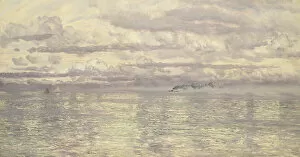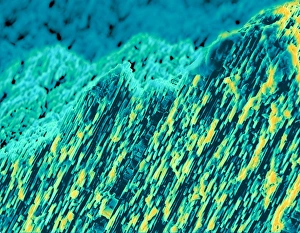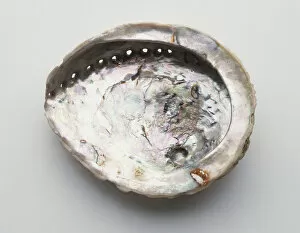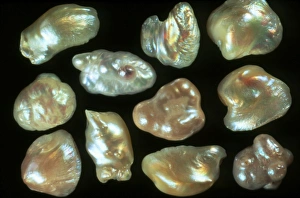Nacre Collection
"Nacre: A Shimmering Tale of History, Art, and Nature" From the ancient conquests of Mexico to the delicate buttons in Missoula, Montana
All Professionally Made to Order for Quick Shipping
"Nacre: A Shimmering Tale of History, Art, and Nature" From the ancient conquests of Mexico to the delicate buttons in Missoula, Montana, it has left its iridescent mark throughout history. In 1519-21, Hernan Cortes marveled at the beauty as he explored Zempuala during his conquest of Mexico. Its captivating luster enchanted him just as it continues to captivate us today. Across the vast landscapes of America's Montana region, mother-of-pearl buttons adorned garments with their ethereal glow. These small treasures brought a touch of elegance to everyday life. Even in faraway Spain, a coffer belonging to a scribe showcased intricate designs made from this precious material. The craftsmanship displayed on its surface spoke volumes about the value placed on nacre during that time. Traveling further east to Istanbul's Topkapi Palace Harem, details embellished with mother-of-pearl added an opulent touch to this historical sanctuary. The shimmering fragments reflected light and created an enchanting ambiance fit for royalty. Artists have also been inspired by nacre's allure. In 1903, St. Cecilia was immortalized through a painted relief where her delicate features were enhanced by mother-of-pearl accents - a testament to its ability to elevate artistry beyond imagination. Nature itself contributes to the story through fritillary butterflies fluttering gracefully amidst fields adorned with these luminous shells. Their wings mirror the exquisite patterns found within nature's own creations. Deep beneath turquoise waters lies another source of wonder - black-lip oysters such as Pinctada margaritifera produce pearls coveted for their radiant hues and unparalleled beauty. Nacre becomes not only an adornment but also a symbol of nature's hidden treasures waiting patiently beneath ocean depths. The early 20th century witnessed penholders crafted from ivory, mother of pearl, and wood.

































